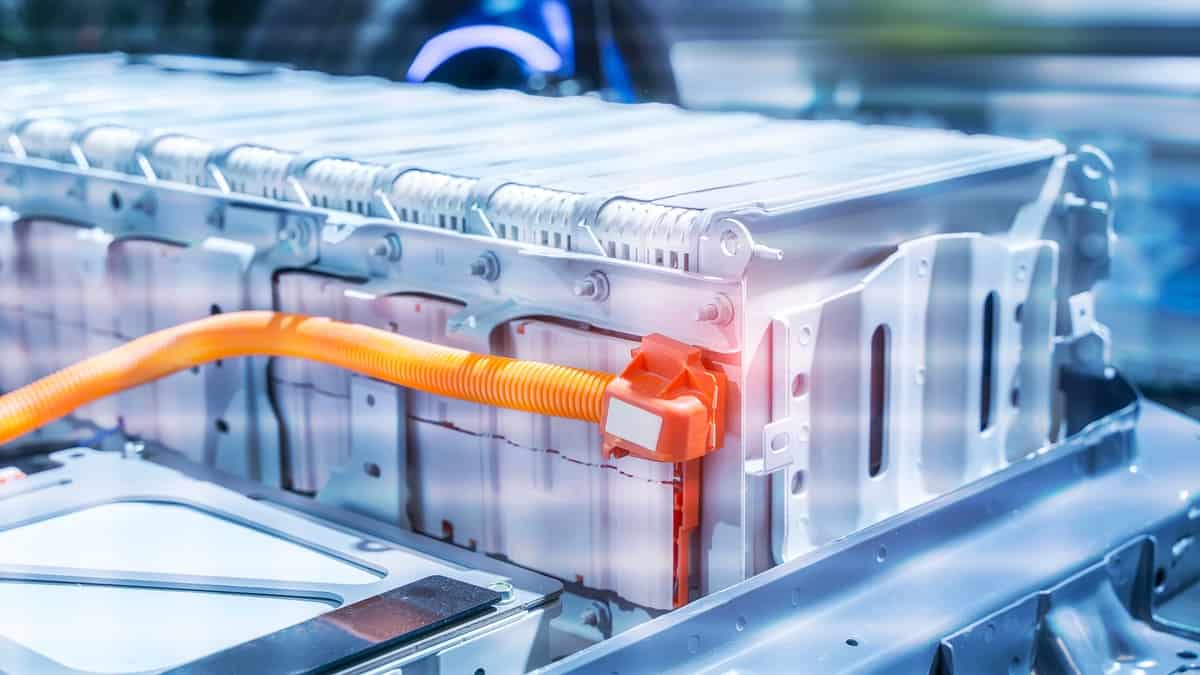The following are the top 20 trends in electric vehicle technology as of last year:
| No. | Trend | Description | Potential Impact |
| 1 | Increased Energy Density: | Batteries are storing more energy per unit of weight and volume, leading to longer range EVs. | Longer driving range reduces “range anxiety” and increases EV adoption. |
| 2 | Faster Charging: | Technologies like ultra-fast chargers and solid-state electrolytes aim for 15-minute charges. | Reduces charging time and improves travel convenience. |
| 3 | Sustainable Materials: | Focus on cobalt-free, nickel-rich, and recycled materials promotes responsible sourcing and reduces environmental impact. | More ethical and environmentally friendly battery production. |
| 4 | Artificial Intelligence: | AI is used for battery management, optimizing performance, lifespan, and safety. | Extends battery life and improves overall EV efficiency. |
| 5 | Second-Life Applications: | Used EV batteries are repurposed for stationary energy storage, reducing waste and maximizing their lifespan. | Creates a circular economy for batteries and supports renewable energy integration. |
| 6 | Solid-State Batteries: | These next-generation batteries offer higher energy density, faster charging, and improved safety, but are still under development. | Potential to revolutionize EV range, charging, and safety, but mass production may be years away. |
| 7 | Lithium-Metal Batteries: | Offer even higher energy density than current Li-ion batteries, but safety concerns remain a challenge. | Potentially longer range than solid-state batteries, but commercialization awaits safety solutions. |
| 8 | Sodium-Ion Batteries: | More abundant and cheaper than lithium, but energy density is lower, making them suitable for specific applications like short-range EVs. | Offer a cost-effective alternative for specific EV segments, but may not replace Li-ion entirely. |
| 9 | Graphene-Enhanced Batteries: | Graphene’s unique properties could improve battery performance, but integration challenges exist. | Potential for faster charging and longer life, but research is ongoing. |
| 10 | QuantumScape Solid-State Batteries: | This company leads the race with solid-state batteries, aiming for production in 2024. | Could be a game-changer for EV range and charging, but long-term performance and cost need evaluation. |
| 11 | Battery Analytics: | Sensors and data analysis provide real-time insights into battery health and performance, enabling preventative maintenance. | Reduces downtime and extends battery life through proactive care. |
| 12 | Battery Thermal Management: | Innovative cooling systems ensure optimal battery temperature for performance and safety. | Extends battery life and prevents overheating, especially in extreme climates. |
| 13 | Wireless Charging: | Inductive charging pads eliminate the need for cables, offering convenience and automation. | Improves user experience and eliminates charging infrastructure limitations. |
| 14 | Bidirectional Charging: | EVs can feed power back to the grid, supporting renewable energy integration and grid stability. | Transforms EVs into distributed energy resources, promoting a more sustainable grid. |
| 15 | Home Energy Management: | EVs integrate with smart homes, optimizing energy use and charging based on solar power generation and demand. | Reduces costs and environmental impact through intelligent energy management. |
| 16 | Battery Swapping Stations: | Quickly swap depleted batteries for charged ones, ideal for long-distance travel or fleet applications. | Offers a faster alternative to charging, but requires standardized battery packs and infrastructure. |
| 17 | Battery Recycling: | Efficient recycling processes recover valuable materials, reducing waste and resource dependence. | Creates a closed-loop system for batteries, promoting sustainability and resource security. |
| 18 | Standardization: | Common battery formats and interfaces simplify manufacturing, maintenance, and second-life applications. | Reduces costs and complexity, enhancing EV adoption and ecosystem growth. |
| 19 | Policy and Investment: | Government incentives and private investments accelerate research, development, and deployment of new battery technologies. | Sustains innovation and progress towards more advanced and affordable EV batteries. |
| 20 | Consumer Education: | Raising awareness about EV battery performance, range, and charging options builds trust and drives adoption. | Empowers consumers to make informed decisions and overcome range anxiety. |

